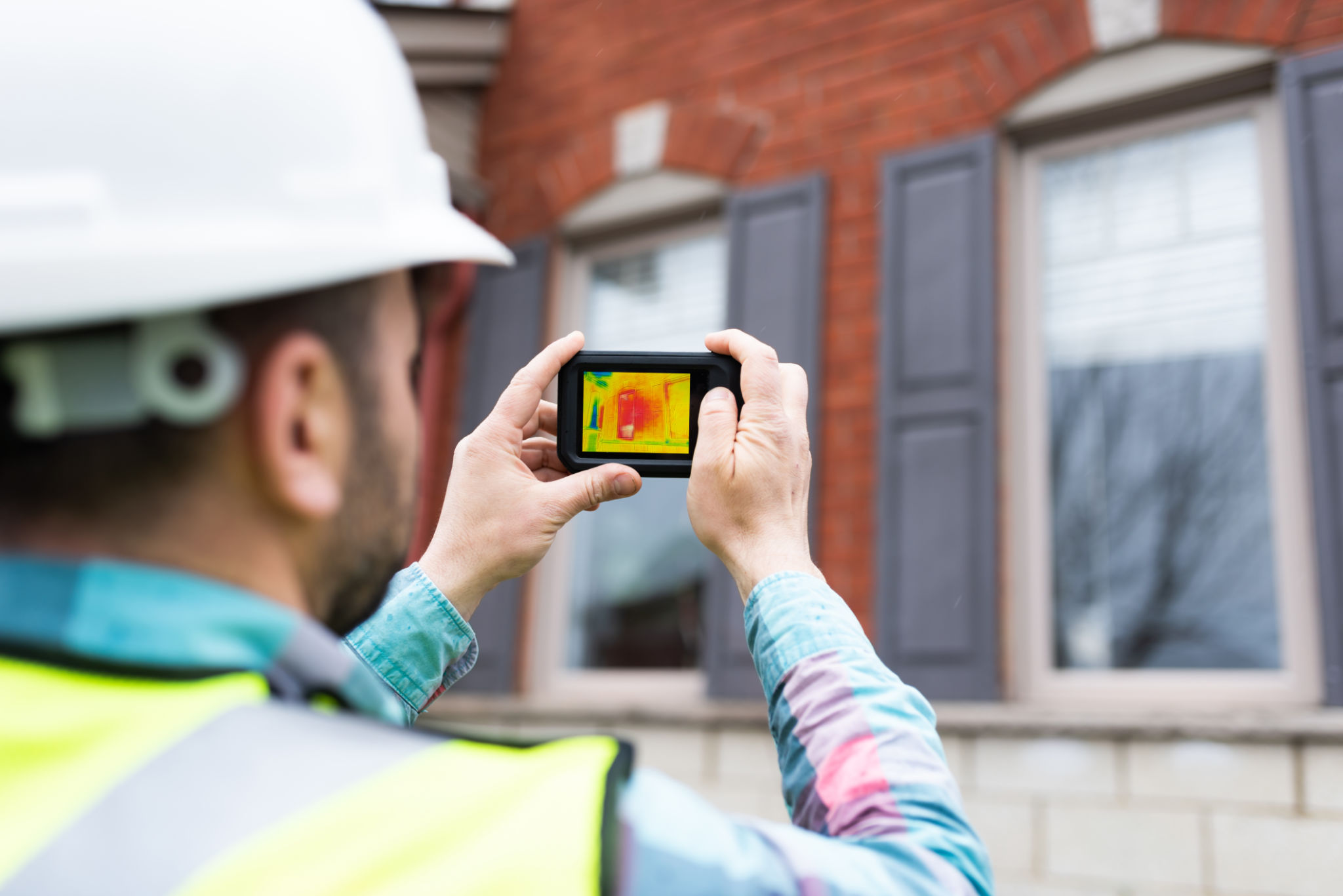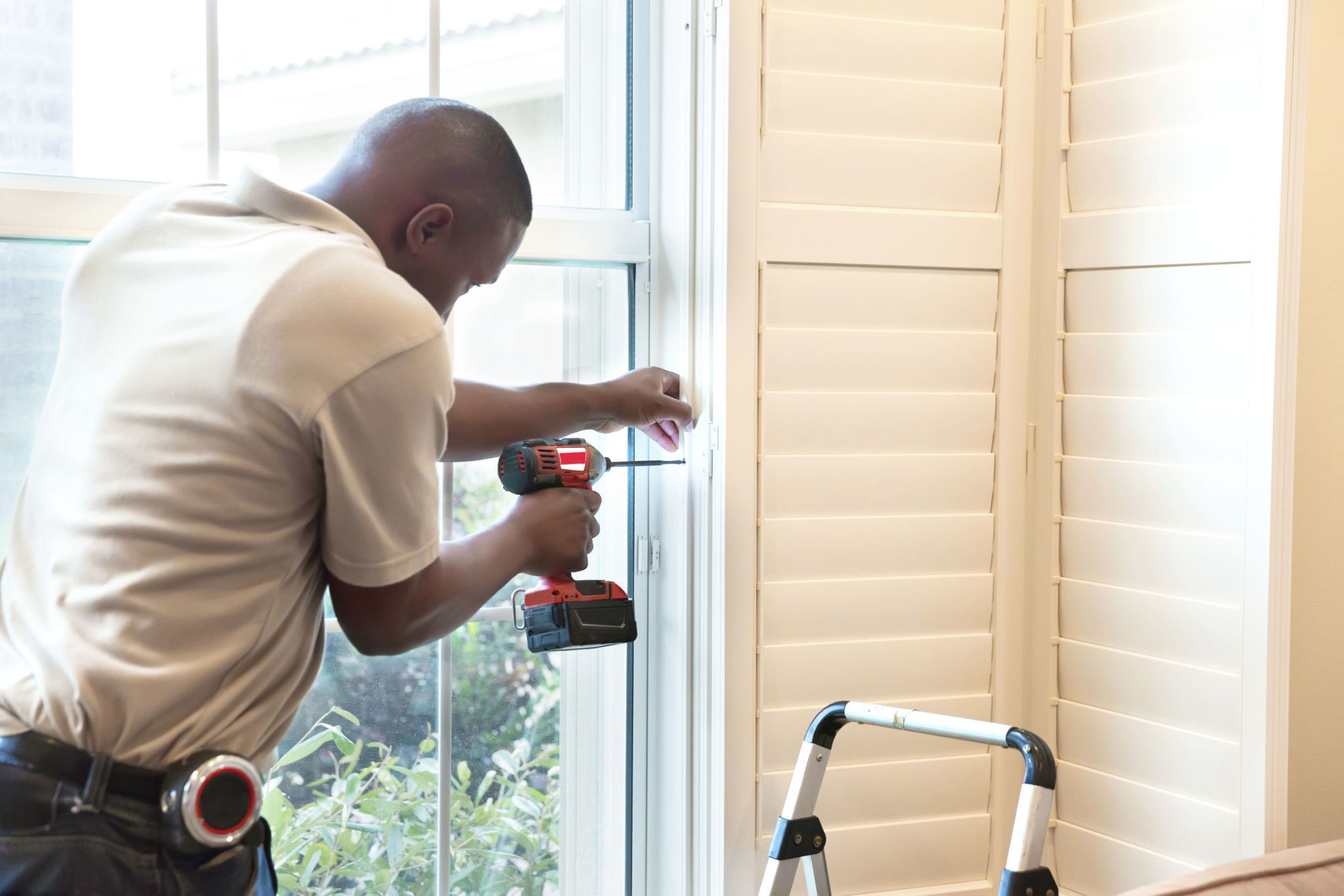The Ultimate Guide to Choosing Energy-Efficient Windows for Your Fort Worth Home
Understanding Energy Efficiency in Windows
When it comes to enhancing your Fort Worth home's energy efficiency, windows play a crucial role. Energy-efficient windows offer better insulation, reducing the need for excessive heating or cooling and ultimately lowering your energy bills. But what makes a window energy-efficient? Typically, these windows feature multiple panes, low-emissivity coatings, and gas fills that improve thermal performance.
Choosing the right windows for your home can be overwhelming given the variety of options available. However, understanding the key features of energy-efficient windows can simplify your decision-making process.

Key Features to Consider
Low-Emissivity Coatings
Low-emissivity (Low-E) coatings are thin metallic layers applied to the glass. They reflect infrared light, keeping heat inside during winter and outside during summer. This feature is essential for maintaining comfortable indoor temperatures while minimizing energy usage.
Gas Fills
Between the panes of energy-efficient windows, inert gases like argon or krypton are often used instead of regular air. These gases provide better insulation due to their higher density, which reduces heat transfer and increases the window's thermal efficiency.

Window Frame Materials
The material of the window frame significantly influences its energy efficiency. Common materials include vinyl, wood, aluminum, and fiberglass. Each has its pros and cons:
- Vinyl: Affordable and low maintenance but may expand or contract with temperature changes.
- Wood: Excellent insulator and aesthetically pleasing but requires regular maintenance.
- Aluminum: Durable and strong but less efficient in preventing heat transfer.
- Fiberglass: Energy-efficient and stable but usually more expensive.
Design Considerations
Window design affects both aesthetics and functionality. Double-hung windows are classic and versatile, while casement windows offer excellent ventilation. Consider your home's architectural style and how each design can complement it without compromising energy efficiency.

Certifications and Ratings
When selecting energy-efficient windows, pay attention to certifications and ratings. Look for the ENERGY STAR label, which ensures the windows meet strict efficiency criteria. Additionally, review the National Fenestration Rating Council (NFRC) ratings for U-factor, solar heat gain coefficient (SHGC), and visible transmittance. These ratings provide insight into the window's thermal performance and light transmission.
Professional Installation
No matter how advanced your window choice is, proper installation is critical for achieving optimal energy efficiency. Consider hiring a professional installer who can ensure airtight fitting and prevent any potential air leaks that could undermine the window's performance.
By investing in energy-efficient windows, you not only contribute to a sustainable environment but also enhance your home's comfort and value. With these guidelines, you are well-equipped to make an informed decision that aligns with both your budget and your home's aesthetic needs.
